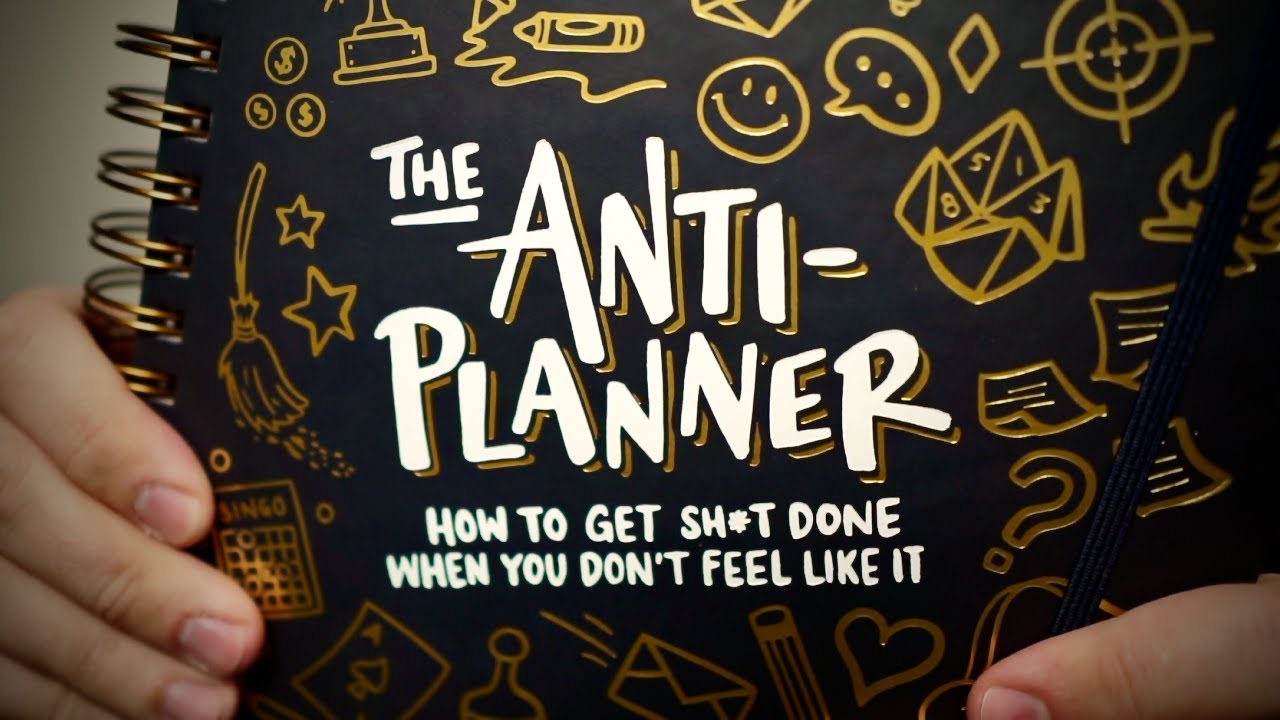Every Mental Shortcut You're Missing Explained
Summary
TLDRThis video introduces a series of practical strategies to boost productivity and overcome procrastination. The 5-second rule encourages quick action before hesitation takes over. Habit stacking links new habits to existing routines, while task chunking breaks large tasks into smaller, manageable steps. Energy efficiency emphasizes working during your peak energy hours. Decision minimization reduces mental fatigue by cutting down on small choices. The next tiny step trick helps combat overwhelm by focusing on small wins. Speaking your goals aloud creates clarity, and the progress bar hack turns tasks into a game, rewarding progress to keep you motivated.
Takeaways
- 😀 The 5-second rule: Count down from 5 to 1 and immediately take action to overcome hesitation and fear.
- 😀 Habit stacking: Attach new habits to existing routines for better consistency (e.g., stretch after brushing teeth).
- 😀 Task chunking: Break large tasks into smaller, manageable steps to avoid feeling overwhelmed.
- 😀 Energy efficiency: Work during your high-energy hours to maximize productivity, even if it goes against societal norms.
- 😀 Decision minimization: Reduce small decisions to conserve mental energy for more important tasks.
- 😀 Tiny steps: Start with the smallest possible action to make progress and avoid feeling stuck.
- 😀 Speak your plan out loud: Verbally stating your intentions helps your brain focus and creates clarity.
- 😀 Progress bar hack: Visualize progress by tracking small milestones to keep motivation high.
- 😀 Overcome fear of failure: The 5-second rule and habit stacking can help push through the anxiety of starting tasks.
- 😀 Use your brain's natural tendencies: Leverage its need for progress and avoidance of big tasks to make small, achievable steps.
Q & A
What is the 5-second rule and how does it work?
-The 5-second rule is a technique where you count down from five to one, and once you hit one, you immediately take action. This helps you push through hesitation and excuses, allowing you to act before your brain floods you with doubts or fears.
How does hesitation contribute to fear, and how does the 5-second rule help with it?
-Hesitation gives your brain time to generate excuses and fears, such as worrying about failure or being unprepared. The 5-second rule interrupts this cycle, helping you to act quickly and prevent overthinking.
What is habit stacking and how does it help build new habits?
-Habit stacking involves attaching a new habit to an already established one. This approach makes it easier to integrate new habits into your routine by building on existing behaviors, leading to more consistent results over time.
Can you give an example of habit stacking?
-Yes, an example of habit stacking would be stretching right after brushing your teeth, or journaling while brewing your coffee. These small additions to daily routines help create lasting habits.
What is task chunking and why is it effective?
-Task chunking involves breaking down big tasks into smaller, more manageable parts. Instead of focusing on an overwhelming goal like writing an entire essay, you focus on smaller steps like writing the introduction or completing just a few slides in a presentation. This approach reduces mental overwhelm and makes tasks feel more achievable.
How does energy efficiency impact productivity?
-Productivity is not determined by the clock but by your personal energy levels. If you're most alert and energized at 5:00 p.m., that is when you should focus on your most important work, rather than trying to force focus during low-energy periods.
What is decision minimization and how can it improve focus?
-Decision minimization refers to reducing the number of small decisions you make throughout the day, as each choice drains your focus. By simplifying decisions on routine matters, you conserve mental energy for more important tasks.
Why is decision fatigue a concern and how can it be avoided?
-Decision fatigue occurs when the brain becomes overwhelmed by the constant need to make choices, leading to diminished decision-making capacity. To avoid it, minimize trivial decisions, such as choosing outfits or meals, and save your mental energy for key tasks.
What is the 'next tiny step trick' and how does it help overcome procrastination?
-The 'next tiny step trick' involves identifying the smallest possible action you can take towards a task, like opening a document or organizing a small part of your room. By taking these tiny steps, you build momentum and avoid feeling overwhelmed.
How does saying your plan out loud impact your productivity?
-Saying your plan out loud makes your intentions more concrete, which helps you focus and take action. It turns vague intentions into clear commands for your brain, reducing mental clutter and providing direction.
What is the progress bar hack and why does it work?
-The progress bar hack involves tracking your progress visually, such as by coloring in a progress bar or marking checkboxes. This taps into the brain's love for visible wins, creating a sense of accomplishment and motivation to continue working.
Outlines

Esta sección está disponible solo para usuarios con suscripción. Por favor, mejora tu plan para acceder a esta parte.
Mejorar ahoraMindmap

Esta sección está disponible solo para usuarios con suscripción. Por favor, mejora tu plan para acceder a esta parte.
Mejorar ahoraKeywords

Esta sección está disponible solo para usuarios con suscripción. Por favor, mejora tu plan para acceder a esta parte.
Mejorar ahoraHighlights

Esta sección está disponible solo para usuarios con suscripción. Por favor, mejora tu plan para acceder a esta parte.
Mejorar ahoraTranscripts

Esta sección está disponible solo para usuarios con suscripción. Por favor, mejora tu plan para acceder a esta parte.
Mejorar ahoraVer Más Videos Relacionados

Lu sering malas? Tonton video ini

Cara berhenti menunda2 belajar (procrastination)

Productivity Strategies for Procrastinators | The Anti-Planner

English Podcast For Learning English | Ambitious but Lazy | English Leap Podcast

How To Create A Self Study Schedule

Apa itu Prokrastinasi dan Bagaimana Cara Mengatasinya?|| Materi BK Kelas 11 Semester 2
5.0 / 5 (0 votes)
